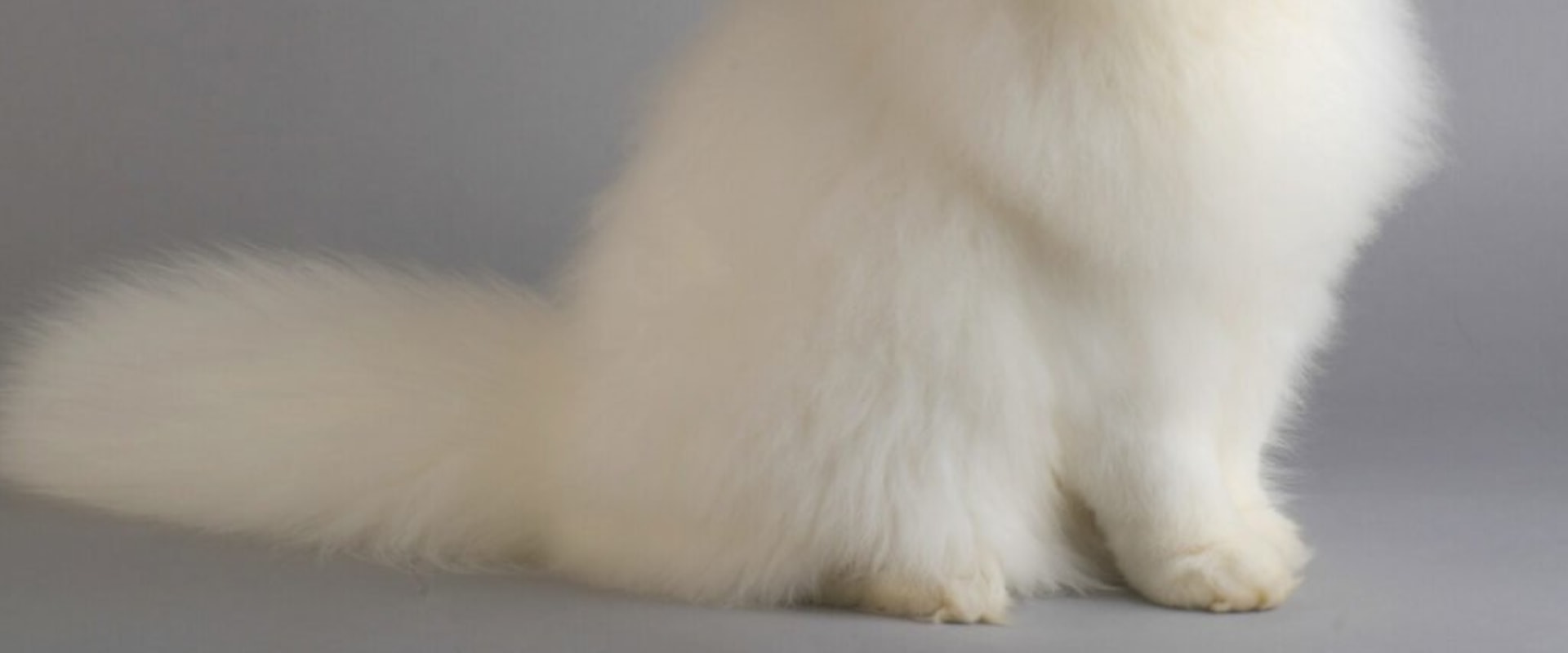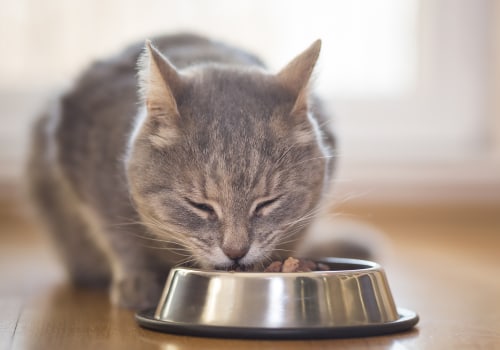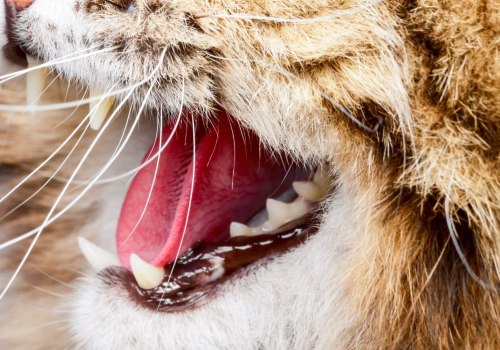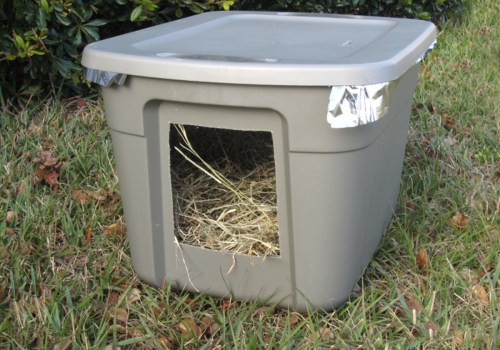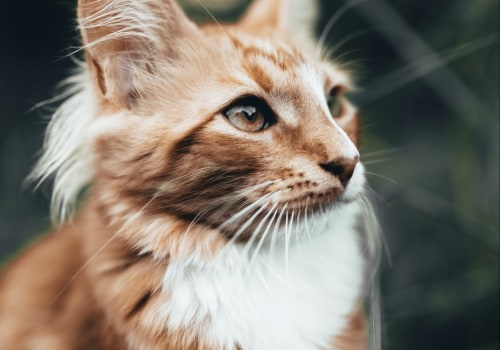If you're looking for a beautiful, loyal, and affectionate pet, the Persian cat is an excellent choice. With its luxurious coat, sweet personality, and regal bearing, the Persian cat has become one of the most popular purebred cats in the world. In this comprehensive overview of Persian cats, we'll explore their history, temperament, health concerns, and more. Read on to learn all about this majestic breed. Persian cats are one of the oldest and most popular cat breeds in the world.
Known for their beautiful, long fur and sweet personalities, they make great companions for those looking for a loving and playful pet. Persian cats were first introduced to Europe in the 1600s and quickly became popular. In the late 19th century, the breed became popular in the United States as well. Persian cats are considered to be one of the most intelligent cat breeds and are known for being sweet and gentle.
When it comes to their physical characteristics, Persian cats are typically larger than other breeds and have a distinctive round face. They come in two coat types, long-haired and short-haired, with many color variations such as white, blue, black, cream, silver, and red. Persian cats are prone to certain health issues due to their flat faces and big eyes. These include respiratory problems due to their flat faces and eye infections due to their big eyes.
To prevent these health issues, owners should make sure to groom their cats regularly to prevent tangles in the fur and keep their eyes clean. In order to give Persian cats the best care possible, owners should provide them with a balanced diet and plenty of nutrition. They should also brush their fur regularly and provide them with plenty of toys and scratching posts for exercise. Training is also important for Persian cats, as they can be taught basic commands like sit and stay.
Finally, it is important to take them for regular check-ups at the vet in order to maintain their health. Persian cats are beloved around the world due to their sweet personalities and beautiful coats. With proper care, they can live long and happy lives. They make wonderful companions for those looking for a loving and playful pet.
Common Health Issues for Persian Cats
Persian cats are prone to certain health issues due to their unique physical features. One of the most common health issues faced by Persian cats is respiratory problems.This is because of their short, flat faces, which can make breathing difficult. To reduce the risk of respiratory problems, it's important to keep your Persian cat's fur clean and free of any excess oil or dirt. Additionally, you should make sure they get regular exercise to help keep their airways open. Another issue that Persian cats can experience is eye infections.
This is because of their large eyes, which can be prone to dirt and bacteria. To reduce the risk of eye infections, make sure to keep your Persian cat's eyes clean and free of any discharge. Additionally, you should consult with a veterinarian to determine if any additional steps need to be taken for eye health.
History of Persian Cats
The history of Persian cats dates back centuries, with the breed first being developed in the 1600s in Persia (now Iran). The cats were bred to have long, luxurious fur, and their popularity soon spread to Europe.By the 19th century, they were one of the most popular cat breeds in the world. Today, they're still beloved for their beautiful fur and loving personalities. One of the most important figures in the history of Persian cats was an Englishman named Robert Barclay. He was responsible for the development of the breed in England during the late 1800s. He bred them with other cats, such as Angoras, to create a new breed that was more refined than its predecessors.
This new breed became known as the 'Barclay cat' and it was one of the first true Persians. In the 1900s, Persian cats gained even more popularity in both Europe and North America. They became known as show cats and were often featured at various cat shows around the world. Today, they continue to be one of the most popular cat breeds, with their long fur and sweet personalities making them great companions for many people.
Personality Traits of Persian Cats
Persian cats are known to be gentle and sweet-natured, making them a great choice for a family pet. They are also surprisingly intelligent and loyal, and are easily trained.They can be quite aloof when it comes to strangers, but will bond strongly with their owners. These cats typically have a relaxed personality and tend to be low-energy animals, preferring to lounge around their home rather than run around the house. They're not overly active or playful, although they do enjoy a good game of fetch or chasing after a toy. Persian cats are also quite independent and may not be as needy as other cats when it comes to attention. Persian cats are generally quite docile and affectionate, however, they can be quite sensitive and don't appreciate sudden movements or loud noises. It's important to handle them gently and give them plenty of time to get used to new people or environments. When it comes to intelligence, Persian cats rank quite high.
They can learn simple commands and tricks with the help of their owner, and they're also excellent problem solvers. It's important to provide them with plenty of stimulating activities in order to keep them mentally engaged. In conclusion, Persian cats are one of the oldest and most popular cat breeds in the world. They make great companions for those looking for a loving and playful pet. Their calm personality and intelligence make them easy to train, and their docile nature makes them great pets for families.
With proper care and attention, these cats can live a long and happy life.
Physical Characteristics of Persian Cats
Persian cats are known for their luxurious coats and sweet personalities. They have long, fluffy fur and come in a variety of colors, including white, blue, black, cream, silver, and red. Persian cats can also come in both long-haired and short-haired varieties. Long-haired Persian cats have coats that are thick and full of long fur.Their coats require regular brushing and grooming to stay healthy and free of tangles and mats. These cats require more maintenance than short-haired varieties, but the results are well worth the effort. Short-haired Persian cats have a soft, silky coat that is shorter than the long-haired variety. This type of coat requires less grooming and maintenance than long-haired cats, but should still be brushed regularly to keep it looking its best.
No matter what type of coat your Persian cat has, they come in a wide variety of colors and patterns. The most common colors are white, black, cream, silver, and red. Some of the more unique colors include tortoiseshell, tabby, calico, and bicolor. Persian cats are also known for their beautiful eyes.
They have large, round eyes that are often outlined with darker coloration. These cats typically have hazel or gold eyes, though some may have blue eyes as well.
Tips for Caring for Persian Cats
Diet and Nutrition: Persian cats do best with a high-quality, balanced diet that is rich in animal proteins and low in carbohydrates. They should be fed a diet of wet food or dry kibble and have access to fresh water at all times. Persian cats can be prone to obesity, so it is important to maintain an appropriate weight for your cat.Grooming Requirements:
Persian cats require regular grooming to keep their long fur in top condition.This should include daily brushing to remove tangles and mats, as well as regular baths to keep their coat clean and healthy. It is also important to trim your cat's claws regularly and check for any signs of infection in the ears or eyes.
Exercise Needs:
Persian cats are not particularly active cats, but they do need some exercise every day to stay healthy. This can include playing with interactive toys, running around the house, or taking your cat for a walk on a leash.Training Needs:
Persian cats are intelligent and can be easily trained with positive reinforcement methods.Basic commands such as “sit”, “stay”, and “come” can be taught with treats or praise. They can also be trained to use a litter box, scratch post, or other pet furniture.
Medical Care:
Persian cats should have regular check-ups with their vet to ensure they are healthy and free of any medical issues. They should also be vaccinated against common feline diseases such as feline distemper, calicivirus, and rabies. In addition, they should receive regular flea and tick treatments. In conclusion, Persian cats are one of the oldest and most beloved cat breeds in the world.With their beautiful, long fur, sweet personalities, and playful nature, they make excellent companions for those looking for a loving pet. They have a variety of coat types and color variations, and with proper care and nutrition they can stay healthy and happy for years to come. By following basic care guidelines such as regular grooming and exercise, as well as providing medical care when needed, you can ensure that your Persian cat will have a long and happy life.
